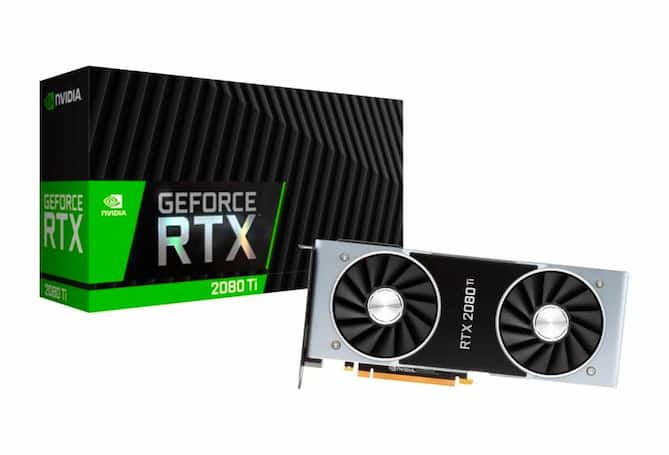What Is a Graphics Card and Which One Do I Need?

How do graphics cards process images and video?
First, the graphics card receives image information from the computer processing unit (CPU) in the form of binary data. Then, it converts that information into pixels (tiny squares of color that combine to form complete images on your computer monitor or display). The more pixels in an image, the more definition the image has. Therefore, a high-definition (HD) image has two times more pixels than a standard-definition (SD) image and a 4K image has four times as much.
In videos, each pixel frame is a separate image that must be rendered by the graphics card. The higher the frame rate, the more individual images are displayed over the course of one second, creating the effect of seamless motion. Most movies use a frame rate of 24 frames per second (fps), while television uses 30 fps, and many PC games are best played at 60+ fps.
Computers that do not process images quickly cannot keep up with high frame rates, meaning that, even if the game you buy has a 60+ fps option, you won’t necessarily achieve 60 fps on your device. This is especially true for 3D video imaging.
3D images require extra work from the graphics card because the card must convert information into a virtual wire mesh filled with the appropriate colors and textures so that each element can be rotated in all directions freely.
What is the difference between integrated and dedicated graphics cards?
The main difference between integrated and dedicated graphics cards is that dedicated cards have their own processor and memory so that they can handle a lot of rendering tasks. Integrated graphics cards share the processor and memory used by the rest of the computer, which means they can become overloaded quickly when trying to process complex graphics.
While some integrated card models are specifically designed to rival dedicated graphics cards in performance, they do not generally have the same capabilities of high-end options.
Therefore, if you’re a casual user who wants to enjoy a simple game now and again or do basic photo editing, an integrated card may be enough. But if you’re using your computer for action games, video editing software, or design suites, you’ll need a dedicated card.
How big are dedicated graphics cards?
Many dedicated cards are extremely large, complete with their own case fans for cooling. If you’re choosing a graphics card for a gaming laptop, you may feel limited by the capabilities of smaller cards that are already built in.
Fortunately, the industry is starting to build laptops and external graphics cards (eGPUs) that can connect with each other. This enables a portable laptop that still provides great graphics when you need them. You might even be able to improve the graphics quality of the laptop you already have by using an eGPU.
How do you choose a graphics card?
When you’re ready to start shopping, you’ll see there are many brands that dominate the field of dedicated graphics cards. Whether you want a more budget-friendly option or one with superior capabilities, you’ll be able to find a graphics card that meets your needs by reviewing the product specifications between choices.
Tier by tier, many companies offer comparable options, with some offering more value lower on the price scale and others standing out with the most advanced (and expensive) options on the high end. Keep in mind, if you choose to shoot for the moon here, you can easily shell out a grand or two on a graphics card alone. Alternatively, if you are constrained by budget, you’ll have to choose wisely based on your needs.
One of the biggest factors to consider when making your final selection is your computer display’s capability. If your display is an HD model, you won’t need a graphics card that’s powerful enough to render in 4K. Additionally, with tech savvy (or professional help), you can often switch out the current graphics card on your desktop computer for a more powerful one. Hopefully it helps to know that if your piggy bank isn’t as full, you don’t need to get the best one right away because you can always make an upgrade in the future.